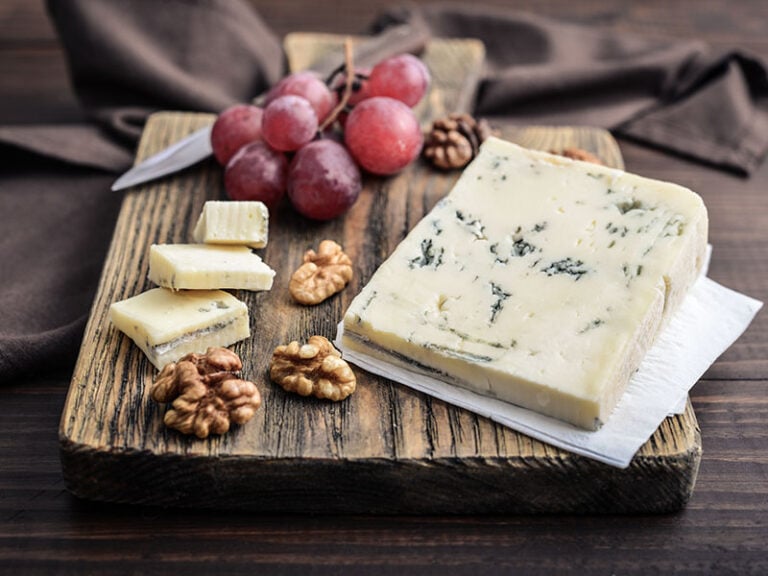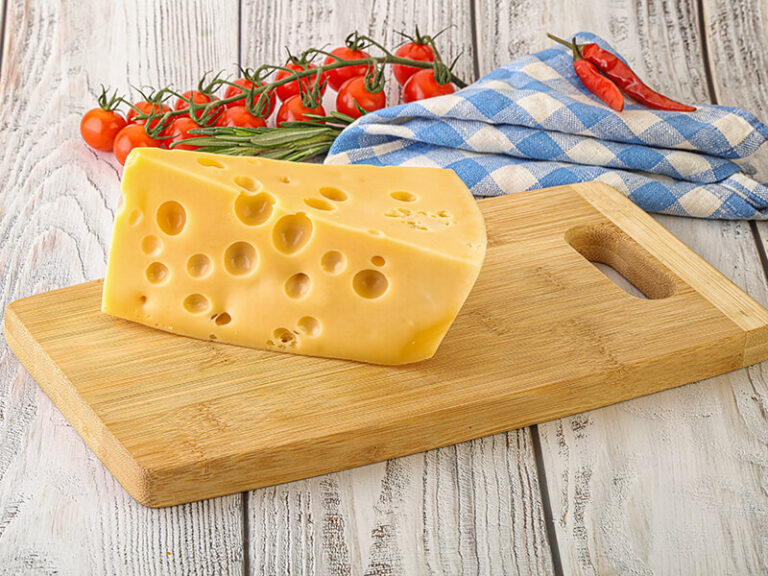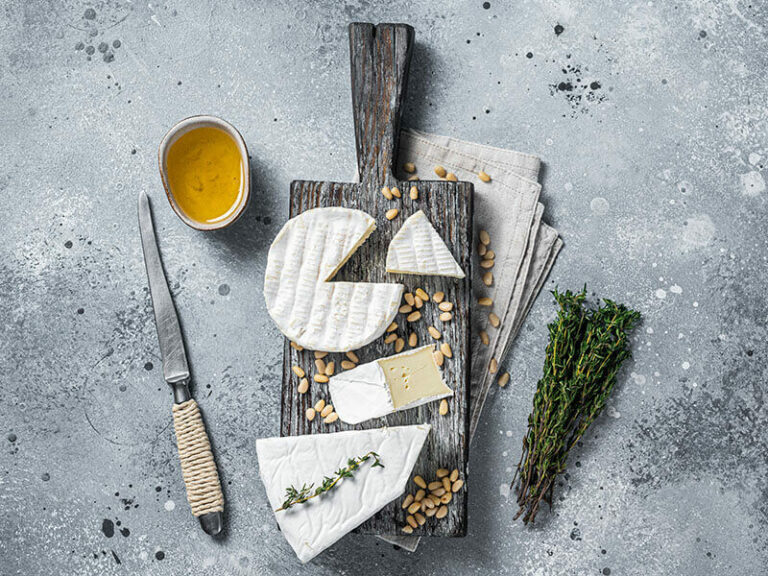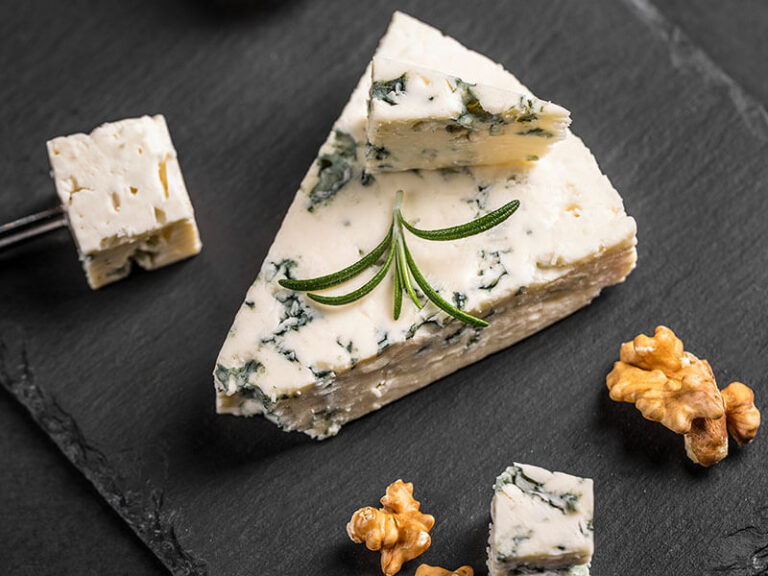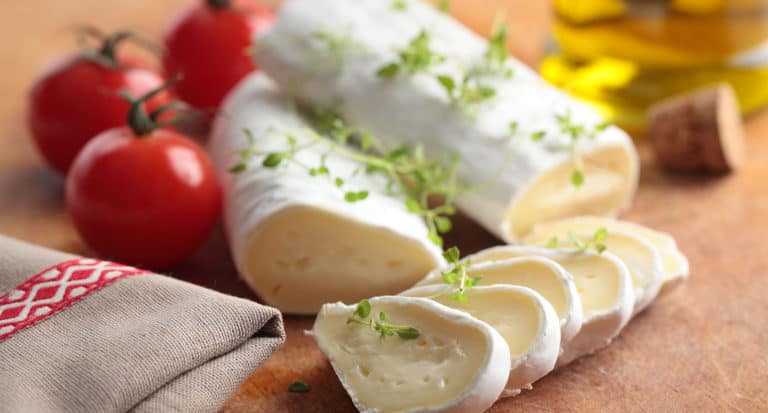Hard cheese vs soft cheese is a common question that many people often ask. Cheeses are a type of staple food. They become well known for their tasty flavor and ability to pair with most food. You can use cheeses to make all kinds of dishes.
However, there are various kinds of cheese that greatly vary in color, texture, flavor, and appearance. That is when people start to query, which type is better? Since hard and soft cheeses have big dissimilarities, they are usually chosen to make comparisons.
In this post, I will consider all aspects to give you a better idea of how different soft and hard cheeses are.
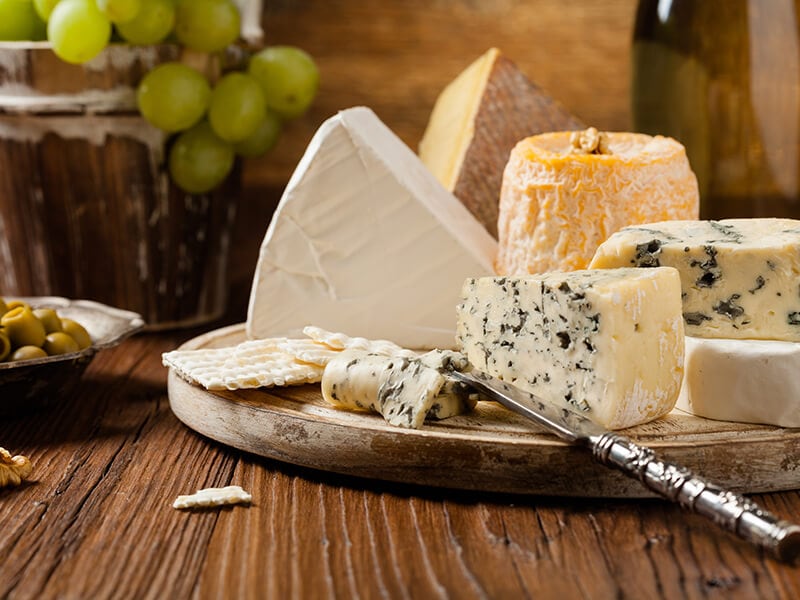
Basic Knowledge About Hard Cheese
Hard cheese is among the most popular cheese families. The production has to meet strict standards because hard cheeses are so complex and distinctive in flavor. So, do you know how it’s made?
How Hard Cheese Is Made
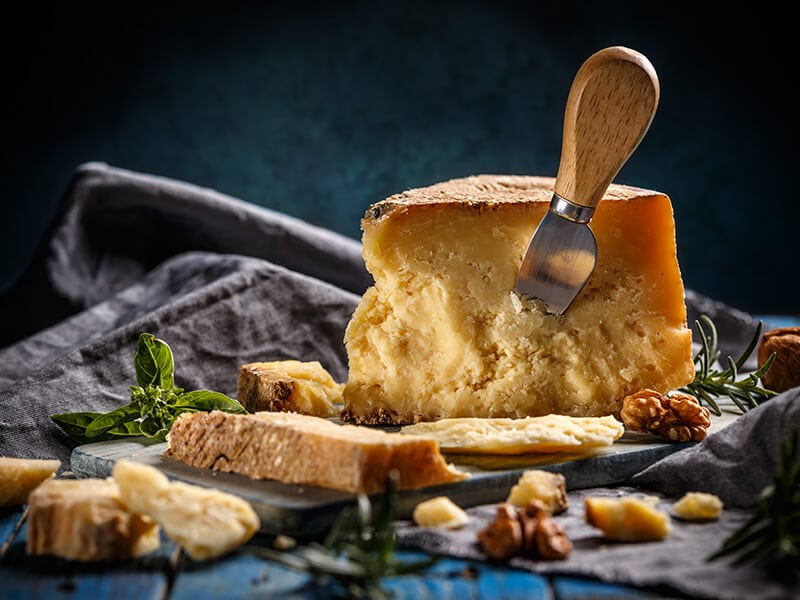
As its name suggests, hard cheeses must have a dry and firm texture. The moisture content of hard cheeses should not exceed 50%.
It all started with milk. Milk contains 2 protein types: casein and whey. A starter culture of bacteria is added to make the casein coagulate during production. When removing the whey liquid, you will get the casein curds.
Next, those curds are cut into small pieces and heated at 118-132 degrees F (48-56 degrees C) to eliminate the maximum whey. The following step includes adding salt and pressing it tightly into a firm shape.
However, it does not end there. You have just completed half of the process; the final step will take months. Hard cheeses require aging, maybe a few months or even years. The longer the cheese age, the harder and drier it becomes.
That said, the result is worth it. An interesting thing about hard cheeses is that the cheese flavor differs in each stage of the aging process. Isn’t it wonderful!
Check out the process of making Parmigiano Reggiano inside a factory!
Common Types Of Hard Cheese
Hard cheeses share a thing in common: the older they are, the more complex their flavors become. Some popular hard cheeses you can name are aged cheddar, Parmesan, Asiago, etc.
Aged Cheddar
Made from pasteurized and standardized cow’s milk, cheddar has 2 different types: mild cheddar and sharp cheddar. Aged cheddar is the latter one. It is dense, solid, and aged for at least a year. Time makes its flavor sharper and more concentrated, which increases its value.
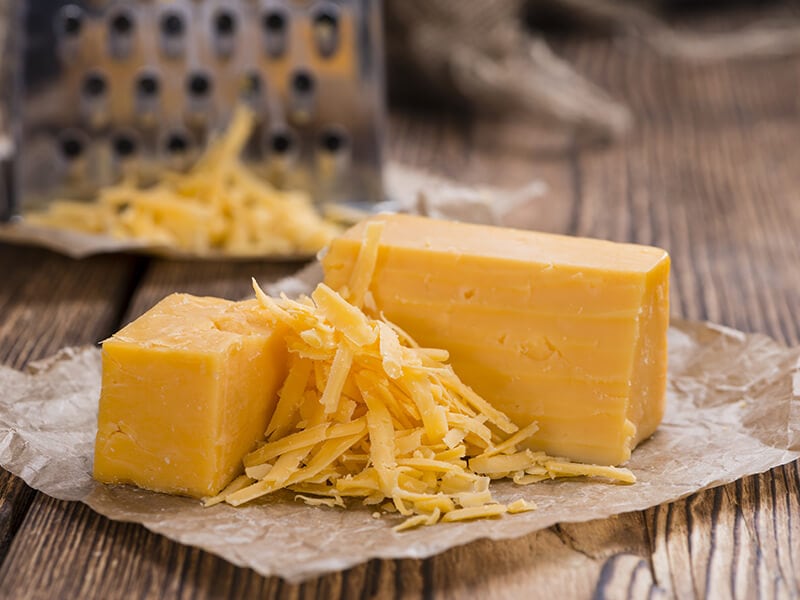
Parmesan
Parmesan originates from cow’s milk. It has a rough and crackly texture with a nutty, savory flavor tinged with a bit of spiciness. Parmesan is best when paired with balsamic vinegar, spiced nuts, etc.
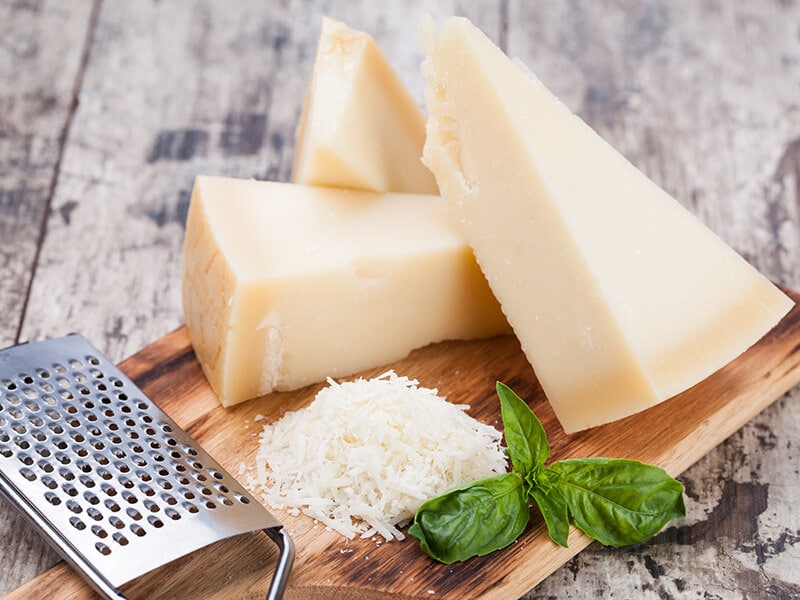
Asiago
This aged cheese usually appears in soups, salads, or pasta. Having a smooth and crumbly texture with holes inside, Asiago looks like a delicious sponge cake. This cheese tastes nutty, delicately sweet, and a bit sour.
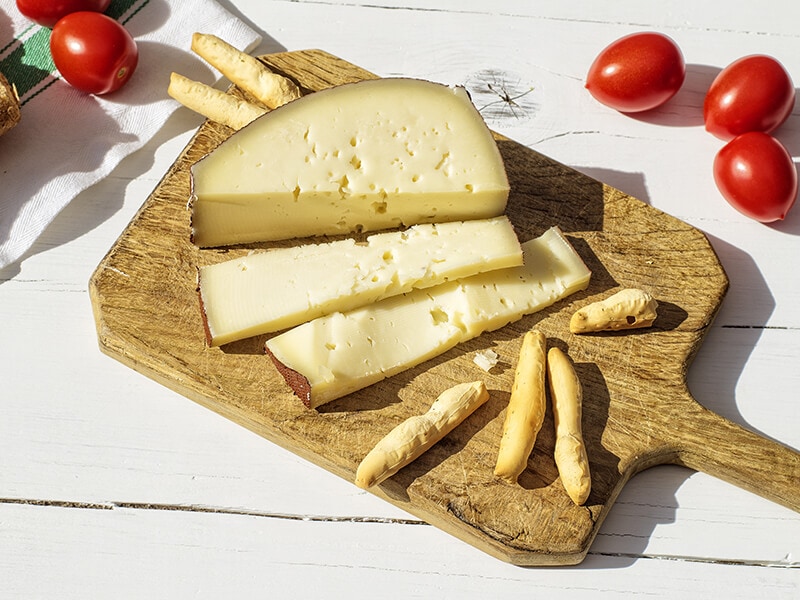
Basic Knowledge About Soft Cheese
Soft cheese is a popular ingredient in many recipes. Like hard ones, the production of soft cheeses also goes through many stages, which gives them a unique taste and appearance.
How Soft Cheese Is Made
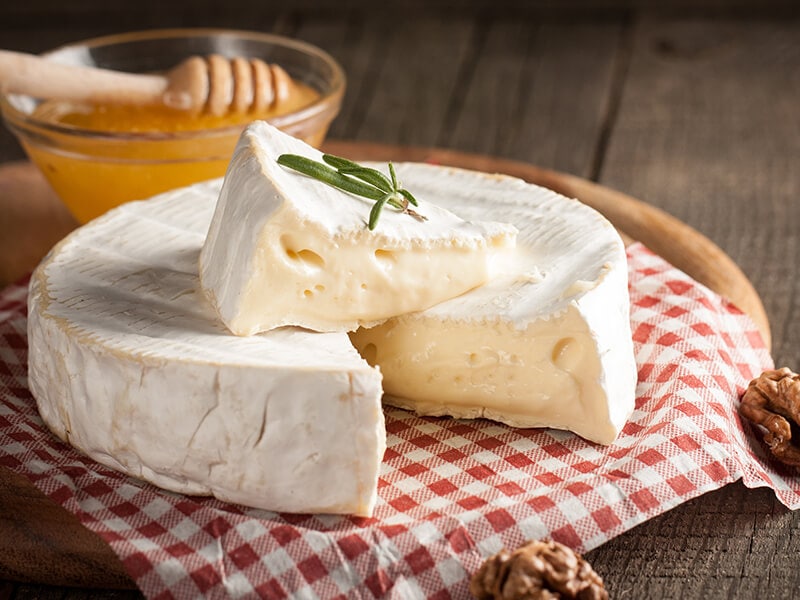
In contrast to hard cheese, soft cheeses must have a moisture content higher than 50%, usually falling between 50-65%. They also have edible thin, almost transparent rinds.
The biggest difference between hard and soft cheeses is that the latter does not age for a long time or even age at all. Soft cheeses also do not need pressing or cooking. Instead, they are ripened in a short amount of time before being drained.
It is essential to drain soft cheeses at the right temperature, which is around 72 degrees F. A higher temperature can make your cheeses taste a bit off-flavor, while at a lower temperature, the cheese may not drain well.
Does the production of soft cheese differ much from that of hard cheese? Find out the answer right now!
Common Types Of Soft Cheese
Many types of cheeses available at the grocery store are soft cheeses. They are easier to make than hard cheeses, and for some people, they are also easier to eat.
Brie
Brie has a silky, smooth texture with soft, bloomy rinds on the surface. As for the taste, it is slightly salty and buttery. Brie seems to be a good option when it comes to dessert as it gets along well with honey and fruits like green apples or pears.
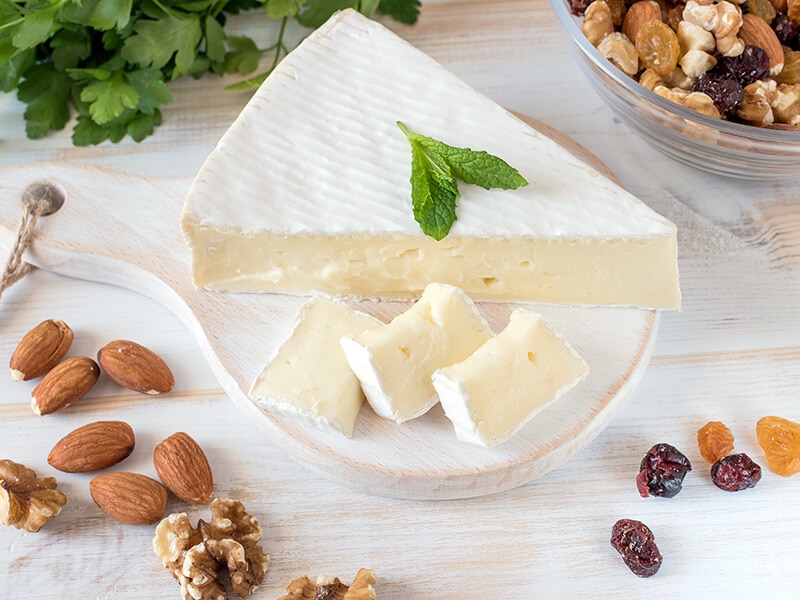
Camembert
Camembert’s taste is deeper and more intense than its cousin – Brie. The thick, gooey texture of this French cheese, along with a nutty, mushroomy flavor, makes it an ideal ingredient for pizzas.
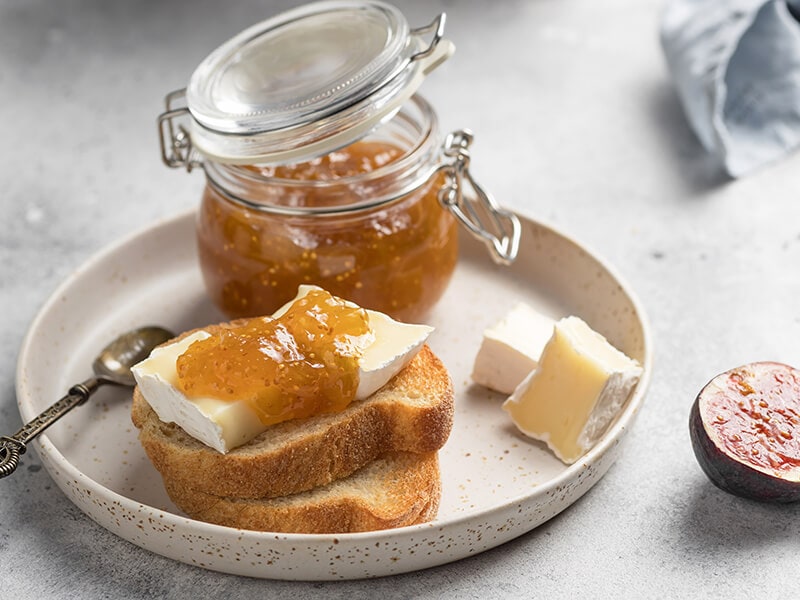
Chevre
As a product of goat milk, it is also called “goat cheese”. When chevre is fresh, it is soft, creamy, and tastes mild. As it gets older, the texture of this French cheese becomes harder. It also develops a stronger, tangier flavor.
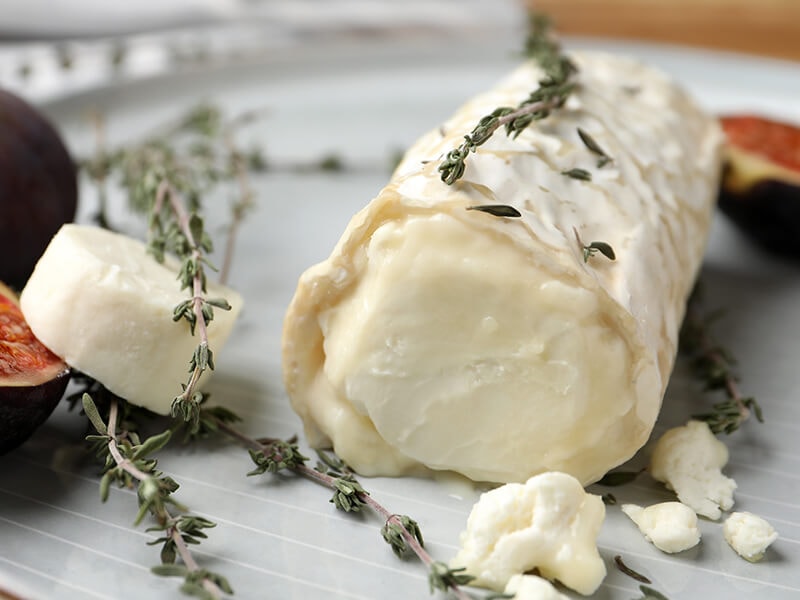
How Does Hard Cheese Differ From Soft Cheese?
Is there any difference between hard and soft cheeses other than their firmness? In this section, let’s take a closer look to find out the key distinctions between these varieties.
Aging Process
Age does matter if you are talking about cheeses. In the aging process, millions of microbes and enzymes inside the cheeses will break down the proteins and fats and transform them into acids. These acids determine the taste, aroma, and texture of cheeses.
Hard cheeses require a greater amount of time to fully develop their flavor. Usually, it takes them at least a few months to mature. Some hard cheeses, like cheddar, have a longer aging process, which expands for years.
The way your cheese ages also depends on the type of cheese. If you are making blue cheeses, they will ripen from the surface to the middle. On the contrary, cheddar ripens from the inside to the outside.
Soft cheese has a short aging time, ranging from 2 weeks to 2 months. They will lose their prime flavor if aged for a long period. Some soft cheeses, like feta, can be aged in a brine solution.

Texture
As mentioned earlier, the texture of cheeses relates closely to the moisture content inside. Since they are shaped into blocks or wheels, the pressure on the curds can affect the moisture. Other than that, the length of time also determines the texture of the cheese.
Hard cheeses are dry, firm, and granular. These cheeses are formed into big blocks (or wheels) and aged for years. Most of them develop a natural rind – an outside layer during the aging process.
For many people, the rind of hard cheese is the essential part that creates their complex flavor. However, the rinds may be too tough to enjoy on their own, but you can use them to make soups or sauces as they will soften and infuse thoroughly.
On the other hand, soft cheeses have a high moisture content that allows you to spread them evenly on toast, but they are not hard enough to slice. Soft cheeses can be divided into 2 varieties according to rind types: a bloomy rind and a washed rind.
Brie and Camembert belong to the former. They usually take 4 – 6 weeks to mature and have a thin rind, making the cheeses soft and bloomy at the end of the process.
The latter type includes Munster and Tallegio. They are slightly denser and continuously washed in brine to preserve the inside and give them an edible savory rind.
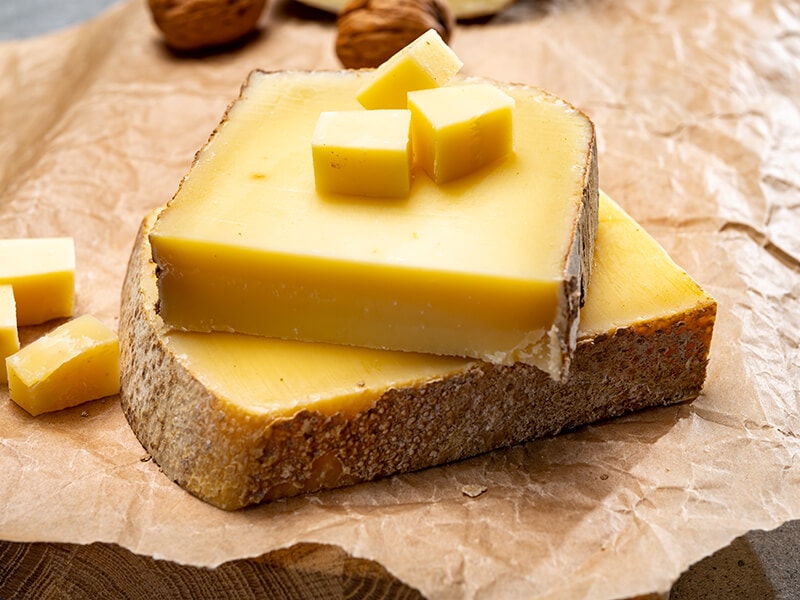
Flavor
It is very challenging to describe the flavor of hard cheeses precisely as each of them has its own taste, and the flavor can even change as it ages. Generally, hard cheeses have dense, savory, and intense flavors. As the cheeses grow older, they start to concentrate and deepen their flavor.
While some cheese tastes better after some time, others are best when fresh. Unaged soft cheeses have mild, tangy flavors, whereas soft cheeses which age for a few weeks have bolder flavors: rich, velvety, slightly buttery, and a bit sweet.
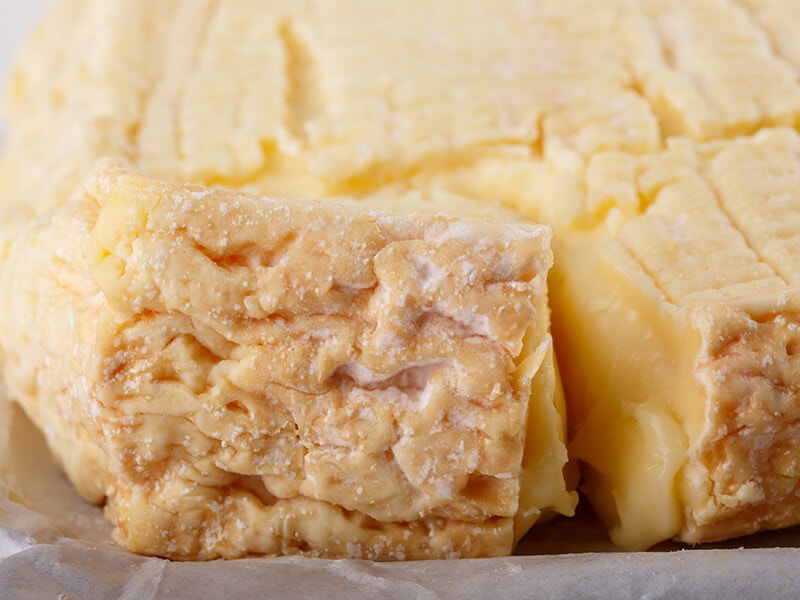
Shelf Life
When you buy too many cheeses from stores, chances are that you cannot use them all at once. But what if you have already opened them? You would probably wonder how long your cheeses can last until the next use.
Here is the answer. In the fridge, hard cheeses last relatively longer than soft cheeses (about 3-4 times). Cheeses like cheddar, Colby, Gouda, and Parmesan can last 3-4 weeks after opening, while American hard cheese can last up to 1-2 months (1).
Soft cheeses are prone to spoil faster due to the moisture inside. Soft cheeses like Brie, goat, and feta typically last 7 days after opening. Cream cheese, in particular, survives up to 14 days in the fridge.
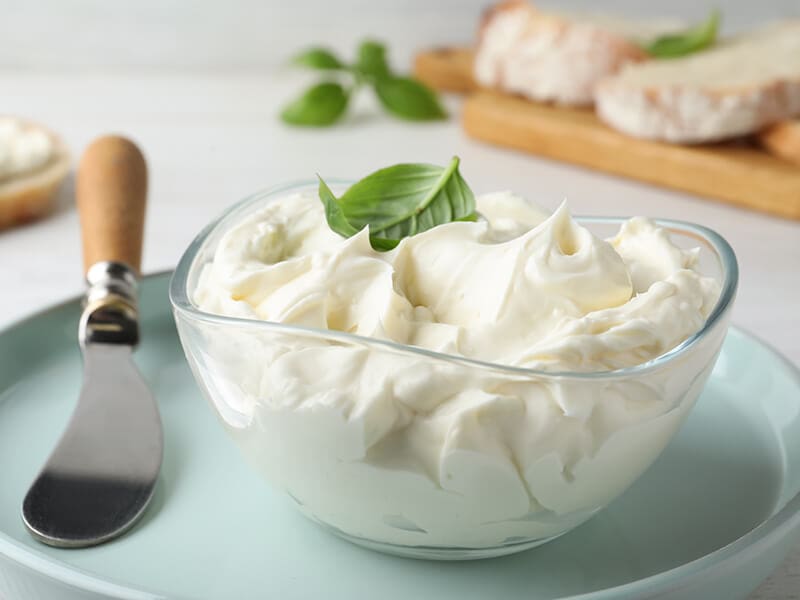
Culinary Use
Hard cheeses are dry and crumbly. Although you can enjoy them raw, cooking them will offer you a large selection of dishes to choose from. The salty, sharp flavor of hard cheeses brings an extra depth to savory dishes, such as pasta, soup, sauces, stews, and casseroles.
Soft cheese is mild, buttery, and has a sense of sweetness. Therefore, they are often used to make desserts and sweet treats. Other than that, they can pair with other ingredients like salmon, chicken, etc.

Is Hard Cheese Better For Your Health Than Soft Cheese?
When it comes to choosing healthier cheeses, all opinions may be objective, as each cheese type has different nutrient content.
Some cheeses are low in fat but extremely high in sodium. Therefore, I can only say you should choose the cheeses suitable for your health conditions.
The nutrients in cheeses vary among their types. Typically, an ounce of hard cheese has about 120 calories, 6 grams of saturated fat, and 8 grams of protein. They also are a good source of minerals like calcium, vitamin A, and zinc.
A half-cup of soft cheese holds 120 calories, 3 grams of saturated fat, and 14 grams of protein. Brie can provide 78 milligrams of calcium per serving (1,5 ounces), while the number is 165 for Camembert.
Overall, cheese is a nutritious dairy food. They contain protein, fats, and other minerals but are generally high in sodium, so limiting the amount of cheese you eat is advisable. Some cheeses, such as Swiss cheese and goat cheese, are low in sodium (2).
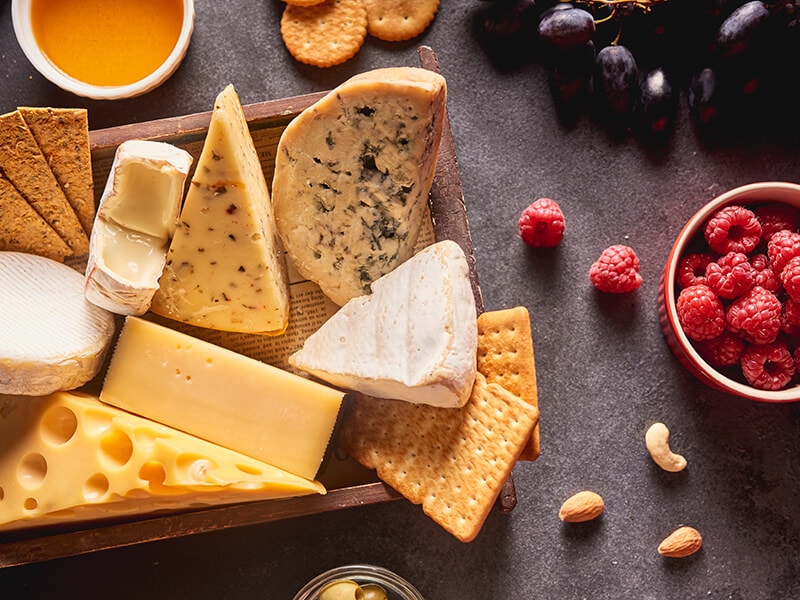
How To Store Hard Cheese And Soft Cheese Properly?
In general, you should only buy as much cheese as you need. But let’s admit it! Who knows how much cheese would be enough? That results in a bunch of unused cheese in your fridge.
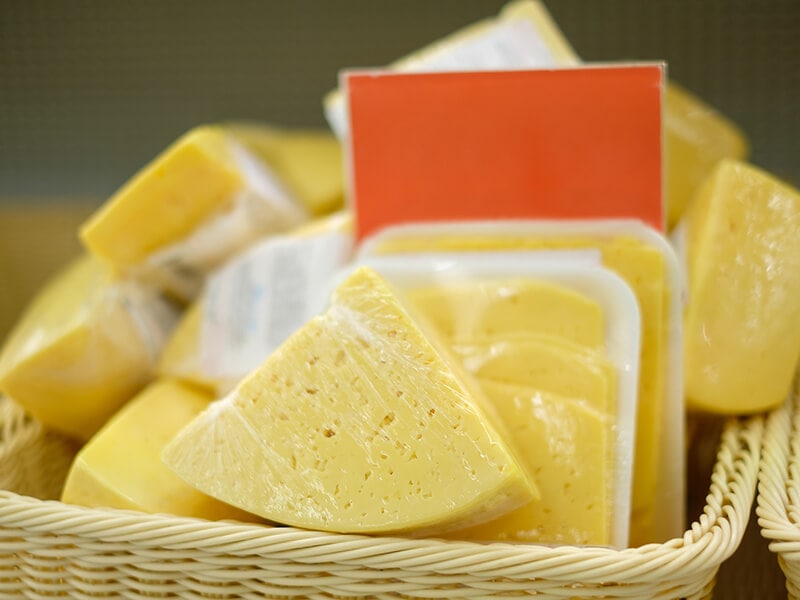
Best Ways To Store Hard Cheeses
Storing hard cheeses is not “hard” at all. Since they are already dry, you do not have to worry about the trapping moisture inside their wrap.
It is not necessary to store hard cheeses in the fridge. You can wrap them in cheese paper, wax paper, or parchment paper and leave them in a cool, dry place.
Freezing can help the cheeses retain their freshness and flavor but not their texture, as they will become crumbly and mealy.
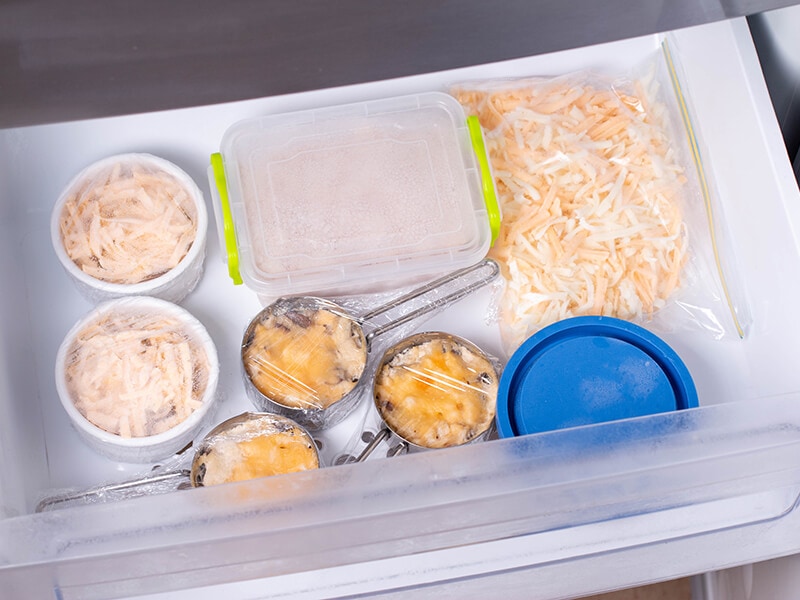
Best Ways To Store Soft Cheeses
If you buy soft cheeses with plastic wrap outside, remove the wrap as soon as possible. Otherwise, your cheeses will become moist and watery. They will be alright for the first few days if they are wrapped in paper.
But overall, you should know how to store soft cheeses properly to keep them last longer and preserve their prime taste.
Do not store your soft cheese in closed containers. They need to be exposed to air to prevent trapping moisture, which may ruin the cheese flavors and rinds.
Like storing hard cheeses, soft cheeses also require wrapping in cheese, wax paper, or parchment paper. Air can filter through the paper, allowing your cheese to “breathe”.
The optimal temperature for storing cheeses is 35 – 45°F with high humidity. A fridge is usually colder, so it is best to store them in the produce drawer.
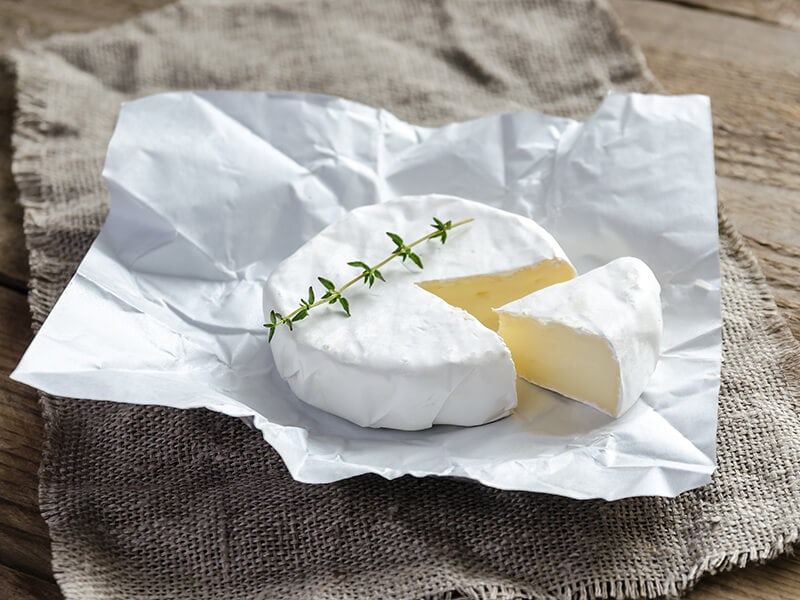
How To Make Your Own Cheeses At Home
Not only are hard cheeses difficult to make, but they also take a lot of time to age. Therefore, I will only suggest making soft cheese at home with the recipes below. If you are a cheese lover, I bet you want to try these homemade cheeses now!
Ricotta Cheese
Whole milk, lemon juice, vinegar, and salt are all you need to make homemade ricotta cheese in this recipe. No rennet is needed; just make sure you use pasteurized milk (not ultra-pasteurized).
Who knows that making homemade ricotta cheese could be so easy? Do you want to test it?
Brie Cheese
You do not need to spend a lot of money buying Brie cheese at a grocery store when you can make your own Brie at home. This recipe will show you how to make your cheese stand out with only a few simple ingredients.
Feta Cheese
Feta is a Greek brined cheese. It is soft and has no skin with a compact texture. You can use sheep, cow, goat milk, or a mixture of them to make this feta cheese.
Although it needs brining for 30 days, your effort will not go wasted after you try the creamy, salty, and intense flavor of this cheese.
Make feta cheese at home right now with this insanely amazing recipe.
3 Recipes To Try With Hard Cheese
Hard cheeses win a lot of love for their distinctly tangy, sharp taste and their ability to create beautiful courses, especially when you use them to make savory dishes.
Believe it or not! You don’t have to be a cook to create the most appealing and tasty food with these easy-as-pie recipes.
Soft Garlic Herb Cheddar Cheese Bread
Check out this easy yet impressive bread recipe! Garlic and herb, blended with cheddar, create a gooey and cheesy texture that looks beautiful and tastes even better. It is best to serve the outcome right out of the oven.
Mini Quiche 4 Ways
Mini Quiches for an appetizer? Why not? They are friendly-budget and very easy to make. The great thing is that you can create as many flavors as you want. In this particular recipe, you will have 4 varieties: bacon, ham, spinach, and mushroom.
The easiest way to make Mini Quiche is here. Find out now!
Garlic Parmesan Baked Carrot Fries
You can call these fries a healthy version of French fries. Within 30 minutes (including baking time), you can have crispy carrot sticks with Parmesan and parsley on top. For a better taste, serve this dish with Greek yogurt sauce. What else can be better for a snack than this combo?
3 Dessert Recipes For Your Soft Cheese
The mild, milky, and slightly acidic flavor of soft cheeses is just what you need for making irresistible desserts. Feel free to look over these recipes and treat your family to the best sweet courses they have ever had.
Almond Ricotta Cake
This Italian dessert is flavorful and easy to make. There are various kinds of almond cake recipes, but this one stands out with the perfect combination of almond and ricotta cheese. I bet you will fall in love with this almond ricotta cake in no time.
How about adding lemon to almond ricotta cake? Watch full step-by-step instructions right here!
Brie And Walnut Cake
The rich flavor of walnut blends with the buttery and fruity taste of Brie, making this cake one of the most delicious cakes with very few ingredients needed. It’s best when served at room temperature, but if you refrigerate the cake, take it out at least 2 hours before consumption.
Honey Baked Camembert With Rosemary And Chili Flakes
A slice of Camembert cheese with a little flaky salt, rosemary, chili flakes, and honey as toppings, you could never say no to this recipe. Because once you try it, I am sure you will wish for more. Don’t have any honey at hand? Feel free to swap it with maple syrup, and enjoy!
FAQs
There are more things about cheese for you to find out. Don’t skip this section, as it may have what you need.
Hard Cheese Or Soft Cheese? You Don’t Have To Choose!
Whether the cheeses are soft or hard, they all have their own characteristics and are perfect for different uses. The existence of various cheese kinds can only indicate the diversity of this type of food. It is your interests or your health conditions that are the best measurements.
Which one is your favorite, hard cheese or soft cheese? What do you usually do with them? Leave a comment and tell other readers what you think. Last but not least, do you find this post informative? If yes, don’t hesitate to share it with your friends and family!
References
- healthline.com (2022), How Long Does Cheese Last in the Fridge [Online]
- hsph.harvard.edu, Cheese [Online]

